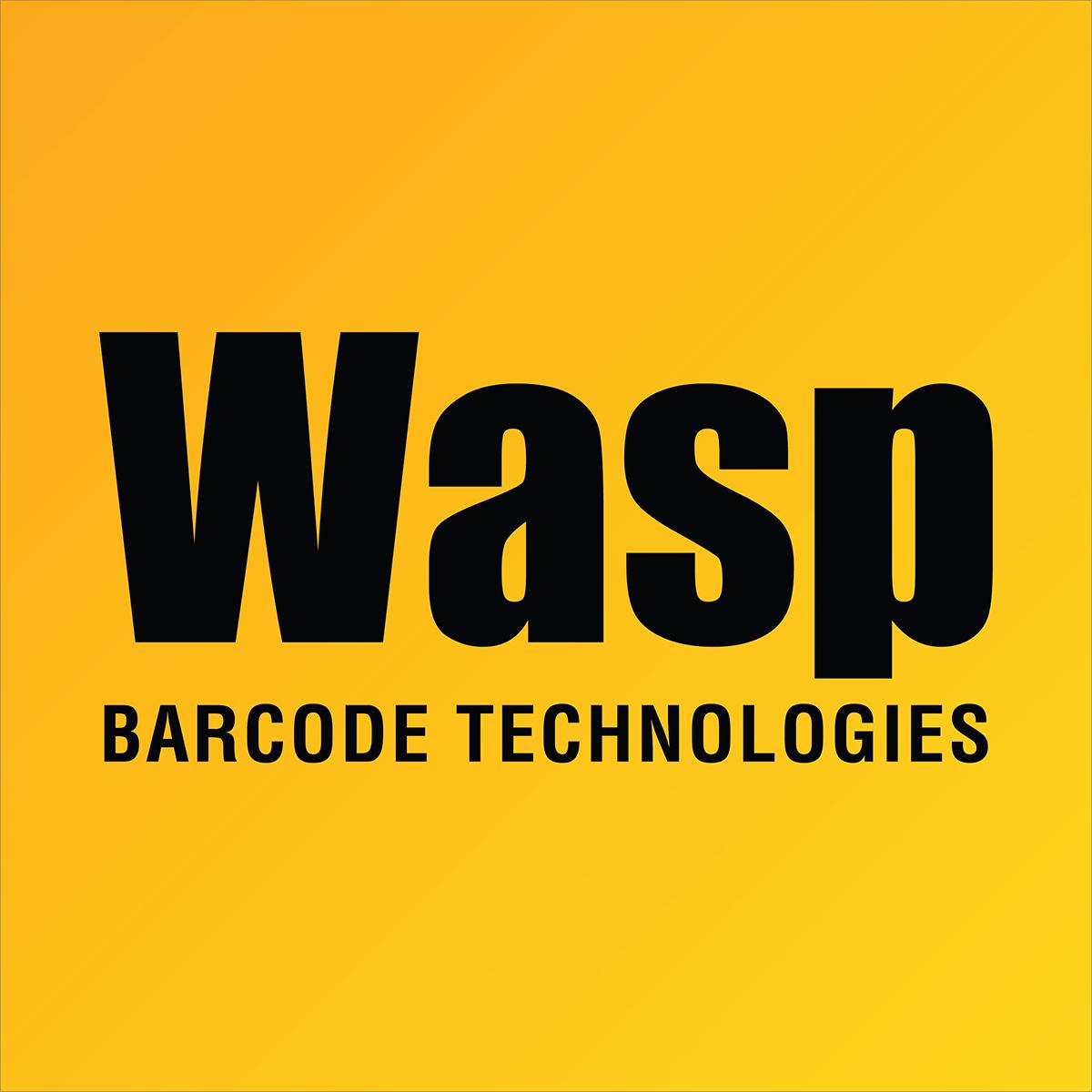WHY SHOULD YOU CONSIDER BARCODING?
Bar coding is the most common ID technology providing timely, error-free information that can be used to accurately verify routine business transactions and increase productivity. Virtually every type of industry is using bar codes to replace keyboard data entry. Studies have shown that a proficient data entry operator will make one error for every 300 characters that are manually entered. The error rate using bar codes is almost negligible and can be error-free using bar code symbologies with check digit support. Bar coding is very much like Morse Code. Rather than using a series of dots and dashes, bar coding analogously uses wide and narrow bars and spaces to encode information.
Most everyone has seen bar codes marked on grocery items and has experienced the benefit of being checked-out in a fraction of the time that it took when a clerk had to manually enter an SKU (Stock Keeping Unit) number and/or price for every item. With this technology, not only does the customer benefit, but the store manager can easily maintain an accurate and efficient inventory since it is tied directly to the store data base. While grocery and retail uses of bar codes are the most commonly recognized applications, they account for only 30% of all installations. Industrial, governmental, and health-care installations have historically accounted for the rest. Many possibilities exist and, with the advancement of ID technology, previously inconceivable applications are beginning to emerge.
Most systems do not usually have to be modified to support bar coding. Keyboard wedge products are available for most terminals and PCs that, when a bar code is scanned, the data appears as though it was manually typed or keyed directly into the computer. This is the basic component of a bar code system that should be considered first.



